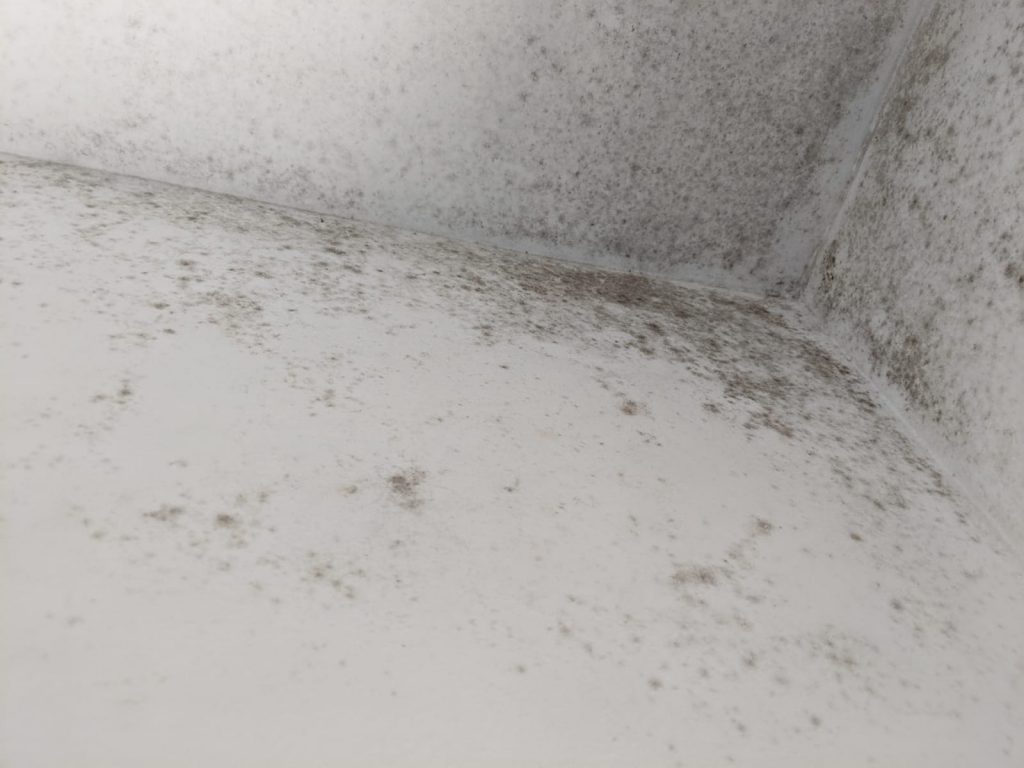How Do You Know If Your Property Has Mould?
There are a few things that you will notice when your property has mould. The main and most obvious signs of mould will be its physical presentation and growth on surfaces including the walls, ceilings and on other inanimate objects. Sometimes the mould will grow within the walls of your property or underneath the carpets and flooring resulting in inaction given its apparent non-presentation. In these situations you may only become aware of its presence due to an odour that will begin to develop over time. Once you notice the presence of mould you will need to act immediately to remove it before it causes damage and health risks to those in your home.
What Are The Effects Of Mold?
Mould is a type of fungi that grows on surfaces with sufficient moisture and time. There are adverse health affects associated with mould when humans and animals are exposed to it via direct contact, ingestion or inhalation. Some of the main side effects from exposure to mould are listed below. Given the adverse health affects from exposure to mould it is important to check your home after heavy rainfall or indoor flooding to prevent adverse side effects to anyone within the house.
- Weakened immune systems
- Allergies
- Chronic, obstructive or allergic lung disease
- Skin irritation
- Eye irritation
- Sneezing or coughing fits
- Nasal congestion
What Does Mold Look Like?
Mould can grow in a variety of ways with the most common appearance resembling fuzz, stain, smudge or discolouration. The colour of the mould will range from black, green, brown, white, orange and other tones in between. There are many different types of mould that grow in a variety of shapes and colours but some of them grow more commonly inside houses and properties.
The Most Common Types of Mold Found Inside Houses
Aspergillus: This is one of the most common types of mould found on structures with properties. The colour can range from brown, green, yellow, grey, white or black and you may find it growing on walls.
Cladosporium: This is another type of mould that is found inside houses and properties and has the ability to grow in cooler climates too. It has the classic black or dark green colour and usually starts to grow on wooden items and within carpets.
Penicillium: This type of blue/green mould can grow and develop on most surfaces and structures that have been in contact with moisture for a sustained period of time. These spores, like the other types of mould, can cause allergic reactions and respiratory irritation when inhaled by accident. It’s usually found in carpets, walls, ceilings and items that have been in contact with water.
Stachybotrys chartarum: This mould is one of the most dangerous types of mould as it can product toxic compounds that cause severe adverse health outcomes for those who have inhaled or made contact with it. It is often referred to as ‘Black Mould’ and will have a strong, musty smell that will thrive in lowly lit and ventilated areas within properties including in the bathrooms, kitchens, pipes and basements.
What Should I Do If I Find Mould In My House?
If you suspect there is mold growing inside your property you should arrange for a mould technician to attend your property and conduct mould sampling and analyses. It’s best to act quickly in these situations because once you notice the first signs of mould it may have already infiltrated and damaged materials in your home, compromising its structure. There are certified mould technicians available in all areas. If you are in Melbourne, Victoria or any of the surrounding suburbs call Kleen-Tech on 1300 305 030. All our mould technicians are available for immediate callout to anywhere in Melbourne or the surrounding suburbs within the hour.



